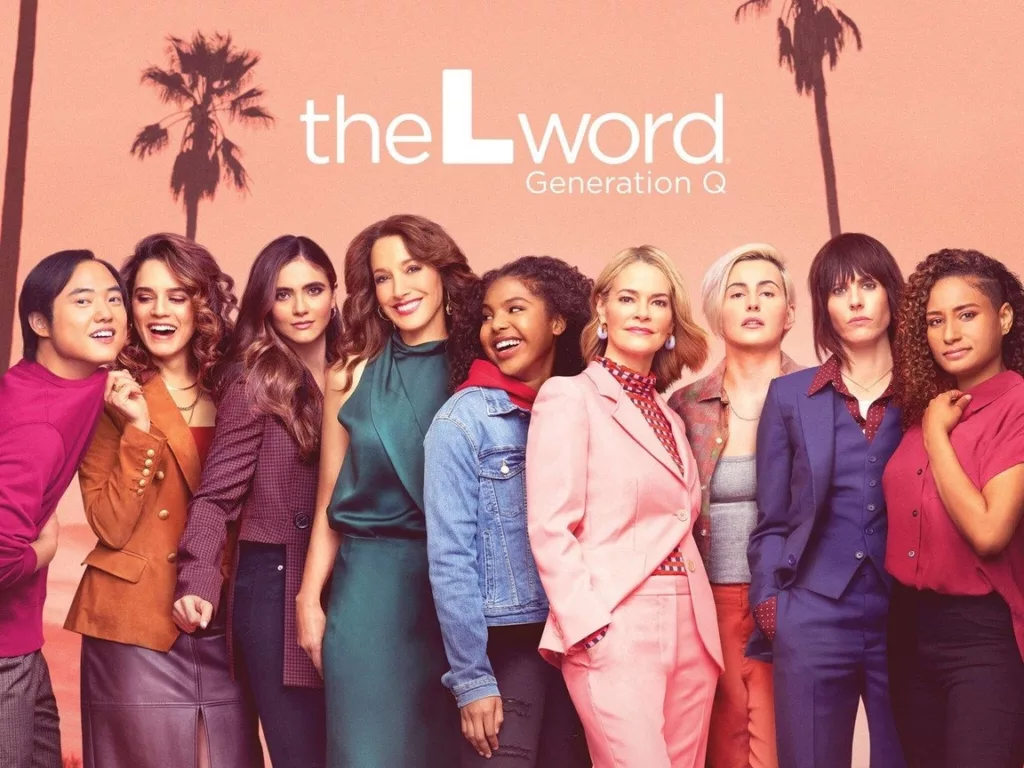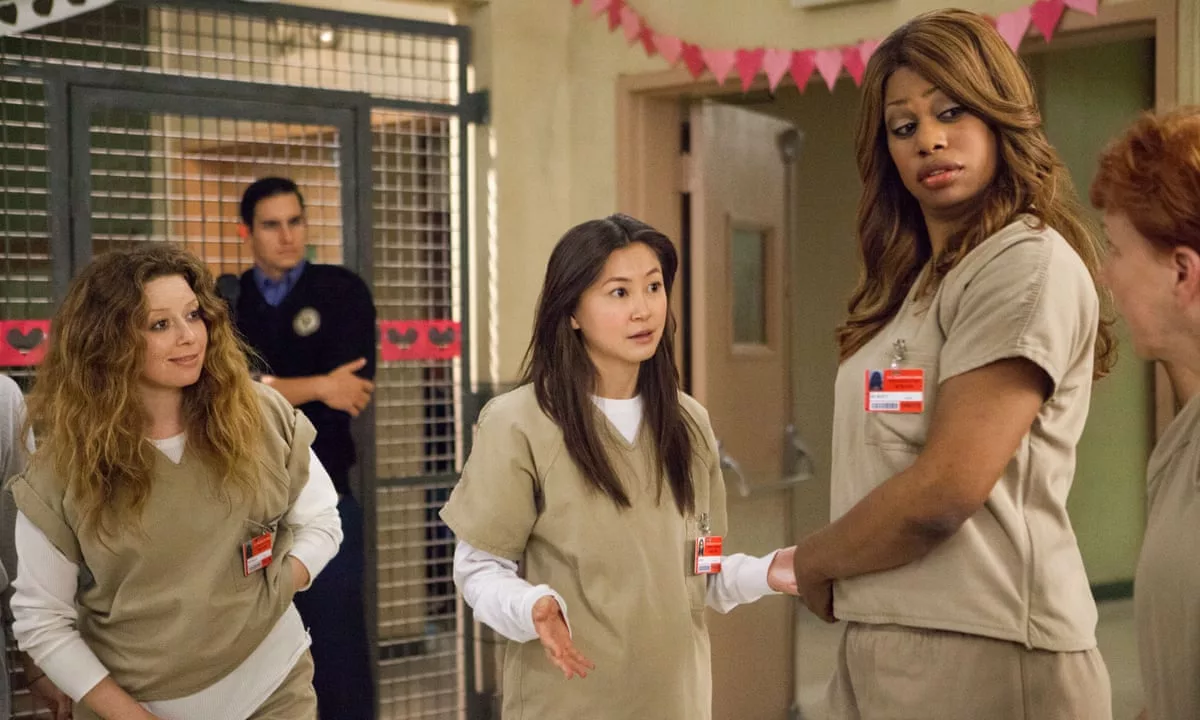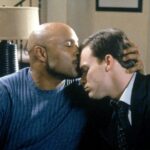Queer Representation Missing From TV
Queer Representation in the Media is Improving, but where’s it still lacking?
Queer representation, queer lead characters and shows with diverse queer casts have become more common in recent years, but certain character archetypes still haven’t been explored as much as others. More positive representation means fewer stereotypes and a more inclusive community for all. Plus, who doesn’t want to see their experiences represented by their favourite characters on TV?
Screenwriters and show runners, pay attention! Here’s a list of five queer archetypes that should be represented more on TV.
Trans Characters in Positions of Power
Trans individuals, especially trans youth, need positive role models and examples of what they can possibly achieve, but often they are put in positions where their identity becomes a crux of their storylines, often with negative connotations. It would be refreshing to see more trans characters in positions of power.
Depicting trans characters in positions of power can inspire trans individuals who may have previously felt limited in their aspirations.
While there has been some increase in trans and non-binary representation in recent years, it is still not enough, and many of these characters are played by cisgender actors.
Black Lesbians
Black lesbians are fairly underrepresented when compared to lesbians from other races. While there has been some progress in recent years, including the representation of Black lesbian characters on shows like “Queen Sugar” and “The L Word: Generation Q,” we still need more sapphic characters (and couples) of colour that can highlight intersectionality.

Asian Queers
Asian queer characters, in general, seem underrepresented more than other races. We’ve seen some representation of Black Gays but little of Asian ones.
In many Asian cultures, homosexuality is still stigmatized, and people may be hesitant to depict it on screen. Add that to the issue of Asian characters being underrepresented in media, in general, and it’s no surprise that queer Asians are seen even less on-screen.
Finally, even those interested in portraying queer Asians in their shows might not understand how their experiences set them apart from queer characters of other ethnicities. Some shows with Asian queer characters include Sense8, which features an Asian lesbian, and Eastsiders, an indie series exploring a Thai-American gay couple.
Aged queers
Older queer individuals are rarely represented on television, and when they are, their experiences are often treated as irrelevant or unimportant. Most TV shows and movies focus on the experiences of younger people and do not delve into the complexities of aging and its impact on a person’s sexuality and relationships.
Some TV examples of aged queers include Transparent, which on top of having a really punny name, features a transgender parent who comes out later in life and explores the impact this has on their family and relationships.
Disabled Queers
Disabled individuals are underrepresented in media in general, and the experiences of disabled queer individuals are even more rarely depicted.
These are just a few examples of the types of queer representation that are missing from television. Improving the representation of these and other marginalized groups within the LGBTQ+ community is crucial for creating a more diverse and inclusive media landscape.
Any other ideas? Feel free to share them with us.
Comments are closed.



